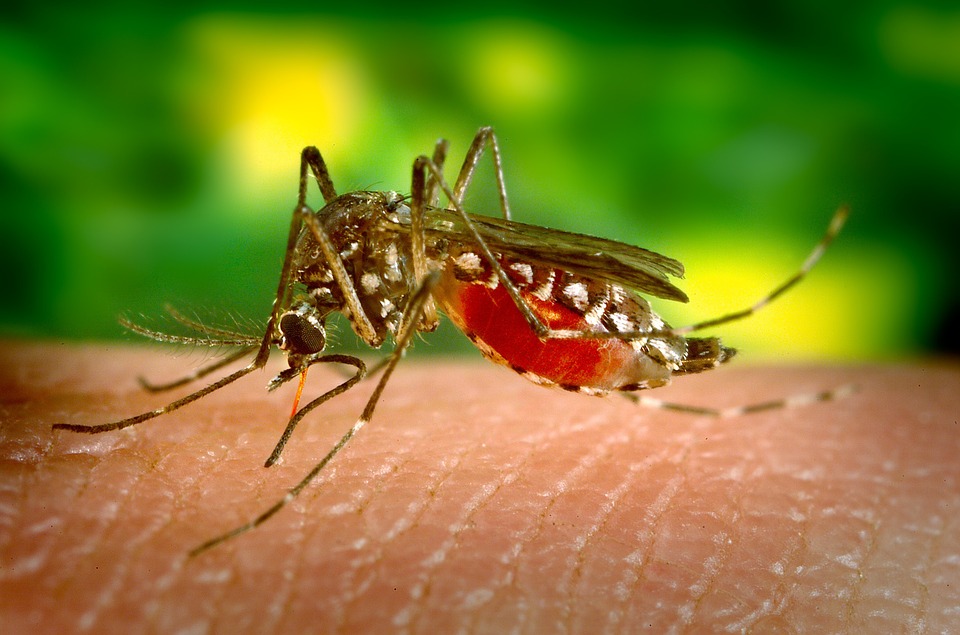Dengue Alert
Dengue is a mosquito-borne infection that causes typical flu-like illness. Sometimes it causes potentially lethal complications like dengue hemorrhagic fever (DHF) and dengue shock syndrome. Dengue is commonly seen in tropical and sub tropical countries.
This disease is spread when the female aedes aegypti. a species of mosquito bites an infected person and then bites a healthy one. These mosquitoes are smaller in size and live within 90 metres of human dwellings so that their food is assured. The aedes aegypti mosquito can be recognised by white markings on its legs and a marking in the form of a lyre on the thorax.
Complications
Dengue haemorrhagic fever (DHF) and dengue shock syndrome (OSS) are complications of dengue where the platelet count reduces at an alarming level, resulting in bleeding. Along with all the other symptoms of dengue, there occurs bleeding from nose, gums and other openings of the body and bruising or appearance of bluish red marks as a sign of internal bleeding.
As the DHF progresses, the body loses circulating blood volume and goes into a serious condition called dengue shock syndrome (DSS) where the patient has a weak pulse, extreme weakness, altered level of consciousness, bleeding with stool, vomiting, nose bleed, abdominal pain etc.
Diagnosis
Anyone presenting with the symptoms of high fever, severe joint pains and rash should be screened for dengue. Blood works remain the cornerstone for dengue diagnosis. There is a delay in between the infection and development of dengue antibody. So, a dengue test done three to four days after manifestation of symptoms yields appropriate results. There may be changes in white cell count as well. Since this is a mosquito-borne infection, malaria should also be ruled out.
Symptoms
- High fever often shooting up to 104°F or more
- Rashes all over the body, mainly the arms
- Pain behind the eyes and headache
- Severe pain in bones and joints
- Transient flushing pink colour on the face
- Swelling up of glands in the neck and groin
The aedes aegypti mosquito can be recognised by white markings on its legs and a marking in the form of a lyre on the thorax
The fever and other symptoms of dengue rise rapidly and last about four days. Thereafter, there is an abrupt drop in temperature and sweating, followed by a period of normal temperature and an apparent feeling of wellbeing for a day. However, the temperature shoots up again and the characteristic rash appears. Also, the palms and soles appear bright red and swollen.
Prevention
The key to preventing dengue lies in preventing the breeding of mosquitoes Aedes aegypti lays eggs in clean, stagnant water. So, never allow water to stagnate in and around your house, Unused tyres, construction sites, water tanks, even the household flower vase are favourite breeding grounds for them. It is wise to keep buckets and other water containers upturned when not in use.
Use mosquito nets and repellents. And remember electronic machines are safer than coils. Reduce furniture clutter to minimise the chance of being bitten. Involve your community in the mosquito-eradication drive as well.
